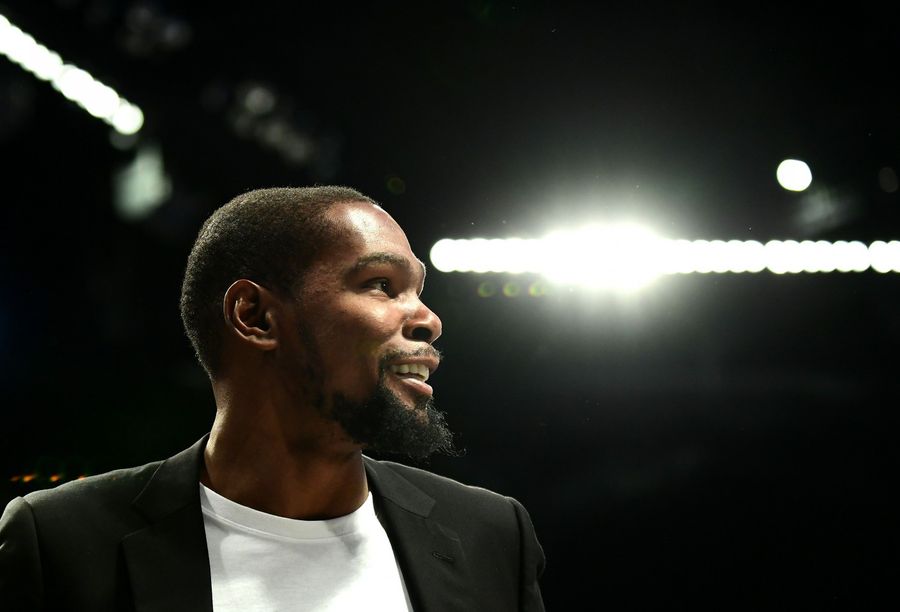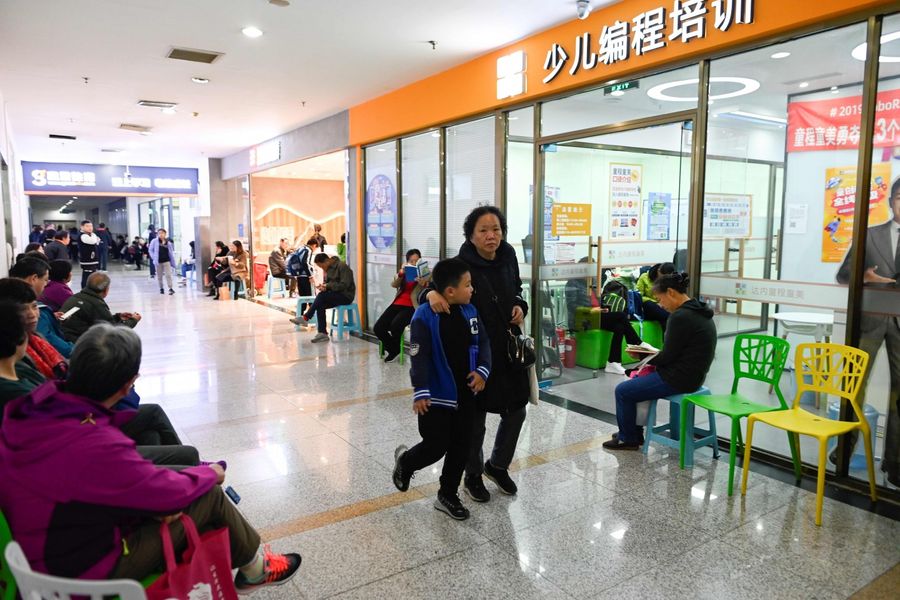A whole new world with the Internet of Things

There has long been a lot of media hype about the Internet of Things (IoT), a term defined by the Oxford English Dictionary as "a proposed development of the internet in which many everyday objects are embedded with microchips giving them network connectivity, allowing them to send and receive data". Unfortunately, IoT is a technological field that has remained as hype over the years.
The buzz around IoT grew out of Kevin Kelly's analysis in his bestseller book Out of Control: The New Biology of Machines, Social Systems, and the Economic World (1994). Kelly predicted that smart hardware and wearable devices would open up a much larger industry than what the internet has bestowed on us so far. Unlike the PC internet era of computer access to the internet, or the Mobile internet era where each person has one or two smartphones, the IoT era will see individuals owning over ten smart devices, given them all-round internet access.

This prediction brought forth a wave of smart wearable devices around 2016. Numerous funds were injected into this industry, but virtually all of the enterprises that hopped onto the bandwagon did not escape the fate of bankruptcy and liquidation.
This was simply because the 5G network was not ready. The 4G network was not designed to allow multiple devices to connect to the internet simultaneously. We are all familiar with this problem: when we connect to the Wi-Fi at the bed and breakfast or boutique hotel that we're checked into while on a business trip, we seem to be getting full bars of signal, but the internet speed remains very slow. Sometimes, we even lose data connection. This is caused by a low bandwidth and a relatively high degree of latency.
Magnify this situation to IoT and we can imagine that pre-5G, all IoT devices do not have the opportunity to directly connect to the internet. They are only able to do so via unstable connections such as bluetooth on mobile phones or Wi-Fi at home. In effect, current smart watches basically turn into normal digital watches again once they are far away from smartphones. Similarly, smart health devices at home lose their ability to operate remotely once Wi-Fi connection is lost. This hinders IoT from taking off.
Once the 5G network eliminates the bottleneck of direct connectivity of devices in a unit space however, dreams about the IoT could become a reality. Entrepreneurs and manufacturers of traditional devices will do well to explore this area further.

Opportunities for sports, education, and health
Sports fans will know that the most popular NBA team in recent years is none other than the Golden State Warriors. During the Western Conference Semifinals of the 2018 to 2019 NBA Playoffs, two-time Finals MVP winner and main force of the Golden State Warriors, Kevin Durant, sustained an Achilles injury. Supporters were worried that the team would be defeated by the Houston Rockets because of this.
Yet, the bench player who was sent to the court to replace Durant utilised a new strategy and demonstrated a high level of coordination with the team. The Golden State Warriors ultimately defeated the Houston Rockets. If not for another main player who got injured at the finals, the Golden State Warriors might have become defending champions.
SportVU NBA (Youtube)
The bench player's successful stint was made possible by two high-tech products that the Golden State Warriors used during their training - the SportVU and the MOCAP.
The SportVU was created by two Israeli computer scientists in 2005, who each have a background in missile tracking and advanced optical recognition. The SportVU utilises cameras hung from the rafters to accurately capture each player's moves on the court. These statistics are then transferred to another big data processing and decision-making tool, MOCAP, to analyse and develop tactics for games. With AI lending a helping hand to the coach in the team's training, the game of basketball is catapulted into a new era.
Apart from sports, technological applications that utilise cameras and the recording of a multitude of data to carry out targeted and optimised training is also increasingly used in education and healthcare.
For instance, OneSmart International Education Group, China's leading education company, is utilising similar strategies to help educational professionals identify and nurture a child's talents based on his interests. In the domain of traditional education, there is virtually no good quantitative assessment tool available to assess preschool children aged six and below. Most of the so-called assessments are products of man-made scoring systems. Hence, parents are left clueless when it comes to sifting through the countless number of enrichment classes they could enrol their child in.

For example, any art enrichment class will tell parents that their child is very gifted in art; any math enrichment programme - regardless of whether the child is interested in math, or has the ability to focus - will claim that the child is very attentive during classes to persuade parents to pay for math enrichment classes; and any foreign language enrichment school will also inform parents that their child is gifted in linguistic expression and understanding.
After the introduction of technology similar to NBA's SportVU, education centres can calculate the child's attention span during different lessons through reenactment of the child's movement when s/he is paying attention. This data can then be used to clearly show parents the area where their child is indeed gifted in. After identifying the areas where their children are displaying a standard that's above average, parents can then cooperate with schools to make targeted investments in those areas of training.
Another highly anticipated application of IoT lies in healthcare. With the advent of an ageing society, there has been a greater demand for elderly-friendly housing facilities. As it will become increasingly impossible to solely rely on manpower to keep track of the health conditions of each elderly on a daily basis, it is hoped that technological advancements will help do the job.
For example, cameras can keep track of an elderly's footsteps when they are out for their daily strolls. Should an abnormality be detected during one of these strolls, a reminder can be sent immediately to the caregivers to alert them that there may be problems with the elderly's health. Thermal sensing systems combined with GPS-enabled shoes for the elderly can also keep track of the elderly's body temperature and daily activities in the long term. This record can then help nursing facilities care for the elderly in a more accurate and efficient way.

Challenges for the traditional industries
As the 5G network helps the IoT industry live up to its potential, traditional offline businesses have, in theory, the opportunity to leapfrog their competitors. By undergoing rapid internetisation, they can fulfill their dream of increasing business efficiency to the standards of internet industries.
Alas, a likely scenario would be this: while traditional industry business owners have long anticipated the arrival of the IoT, thinking that it would transform their businesses, they would be disappointed as the arrival of the IoT also marks the beginning of their complete irrelevance to society.
The internetisation of traditional industries is the process of melding traditional industries and internet industries together through deep understanding and learning of each other's industry patterns. Over the past 30 years, the internet industry is one of constant change and rapid transformation. Those who survive and shine in this industry are elites who are constantly learning and upgrading themselves.
However, many of the business owners of traditional industries, as well as the employees around them, have stopped learning after they've left school. When these two teams merge, it is more likely for "Team Internet" to transform the industry after they have absorbed the essence of traditional industries and utilised their own strengths, rather than "Team Traditional" upgrading its own industry after they have learnt internet technologies. Thus, talents and business owners of traditional industries should have a sense of crisis, and actively upgrade themselves to stay in the game.
